Victoria Tunnel
Tunnel In Newcastle City Centre, Tyne And Wear
A tunnel running from the Town Moor to the Ouseburn that was used to transport coal and then became an air raid shelter.
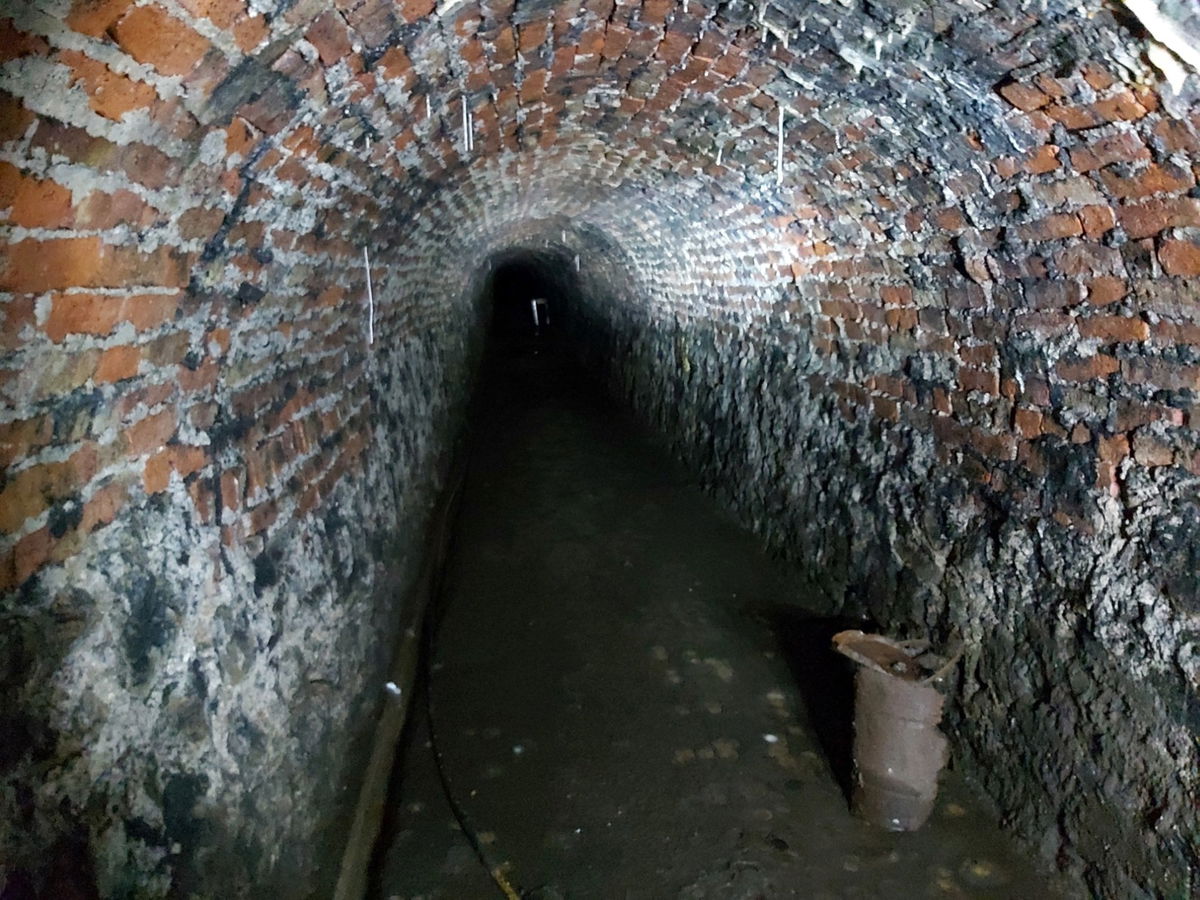
Most blokes get socks and aftershave for their birthday, but for mine I received a lovely treat of tickets for the Victoria Tunnel in Newcastle. This one has been on the Fabulous North to do list for a long time, so we headed down last weekend for a venture inside.
The tunnel has two stories to tell with the first being about its construction and main use for hauling coal and the second being used in World War 2 as an air raid shelter.
Please note - as it was dark down there, the photos may not be as crisp as usual :)
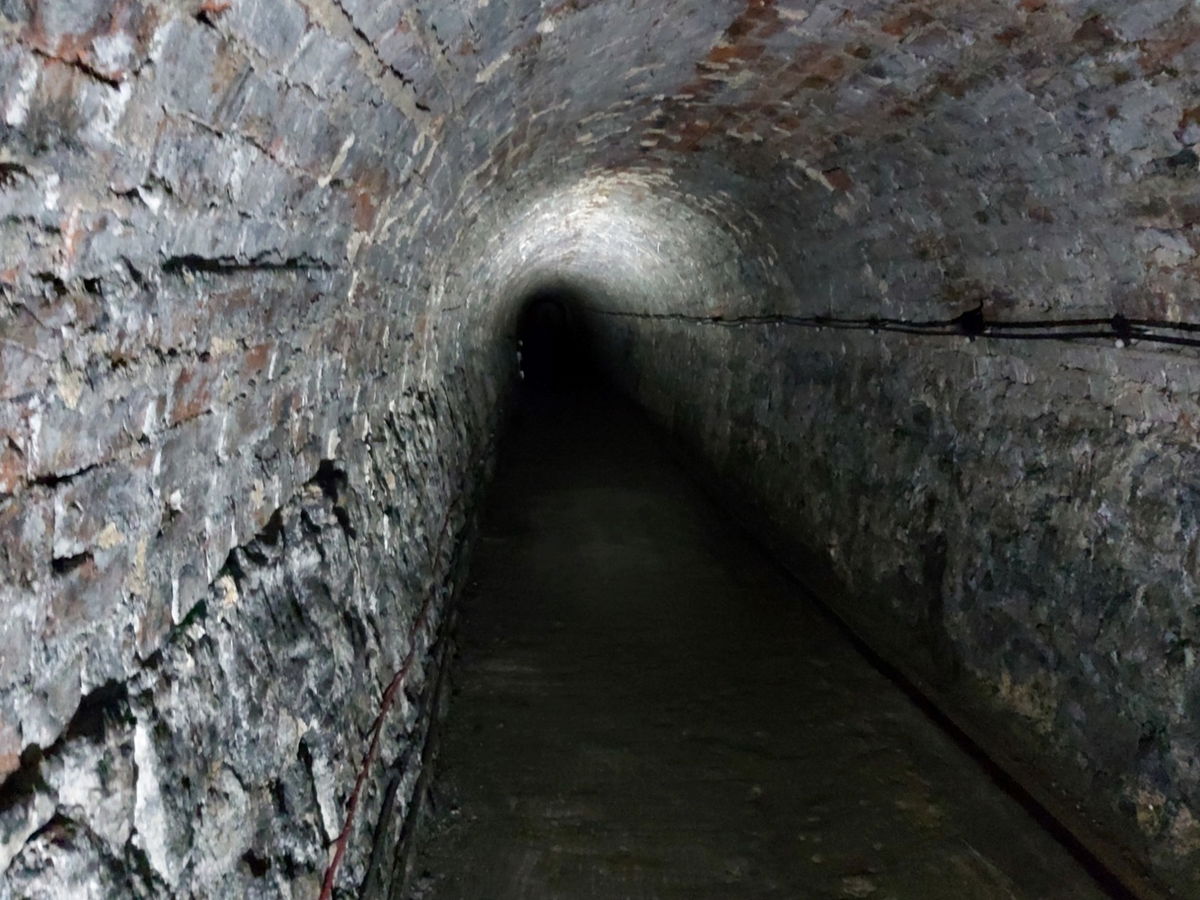
Transporting Coal Through Newcastle
During the industrial revolution in the 1800s, Newcastle was a hot bed for coal mining with mines cropping up all over the city. Two chaps called Porter and Latimer were keen to get in on the action and so bought the Leazes Main Pit up in Spital Tongues.
However they mustn't have done their homework as the coal they mined wasn't of great quality and would produce a lot of soot and smoke. Obviously the northern folk who knew their coal didn't want it, so it was decided to ship it off south to London (Hence the nickname - The Big Smoke!). The easiest way to transport the coal was by boat so a plan was needed to get the coal from the top end of Newcastle down to the Tyne a few miles away.
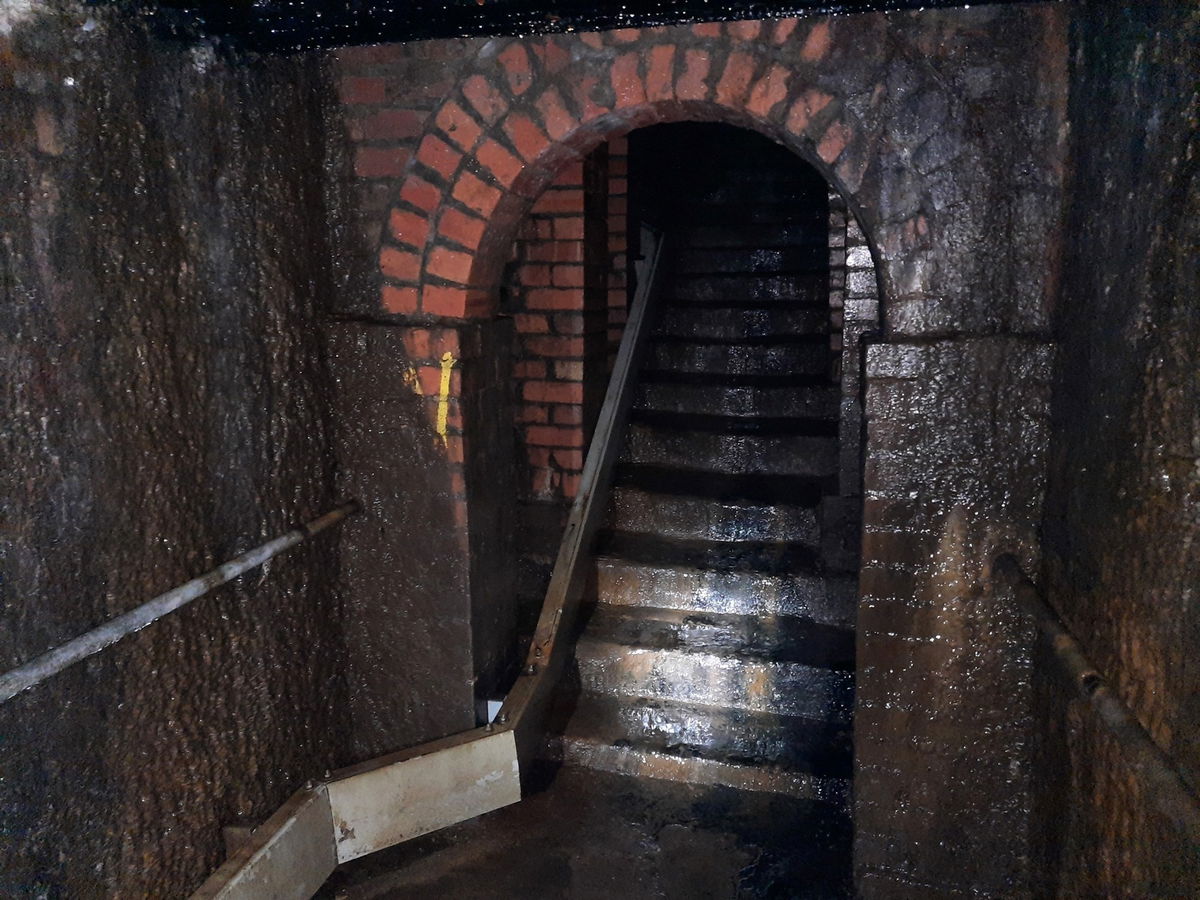
No problem, load the coal onto carts and use horses to transport the coal to the Tyne and the awaiting ships. As the town (as it was then) was still in its medieval layout with narrow cobbled streets, then quickest route was to travel straight down Northumberland Street which was a residential area. If you look above all the shops nowadays you will see very fancy buildings and these would have been mansions and extravagant properties, occupied by the higher echelons of Newcastle society.
The taxes and tolls were extortionate, so to make the mine profitable, the carts would need to run 24x7. With the noise and dirt with horses, carts and coal being trapsed past front doors all day long, this soon caused a bit of an uproar. Complaints were made to the local council and the pit owners were asked for an alternate solution.


The pit owners approached an engineer called William Ellison Gillespie, who had worked under George Stephenson and his son Robert, to help provide a tracked route to the Tyne. The Freeman of Newcastle prevented any track from being laid on the Town Moor and an alternate route would have brought the carts out further upstream, meaning they would have to additionally pay keelman to transport the coal past the Tyne Bridge to the awaiting ships.
After studying old geological maps, Gillespie realised that there was an old ice age riverbed from the Ouseburn up to Spital Tongues and so a plan for a tunnel as proposed instead.
The tunnel was started in 1839 and took 2 years and 10 months in complete and Gillespie employed 200 Navvies. Wooden markers would placed at intervals down the length of the planned tunnel and shafts were dug down to the correct depth.
As the underground terrain was boulder clay (unsurprisingly clay with small to very large boulders in it) the men would use a technique known as clay kicking to dig the tunnel. Small boulders could easily be removed, but larger boulders would have to be navigated around, hence why the tunnel is not in a straight line. They worked 12 hour days, digging out the clay until they reached the next shaft.
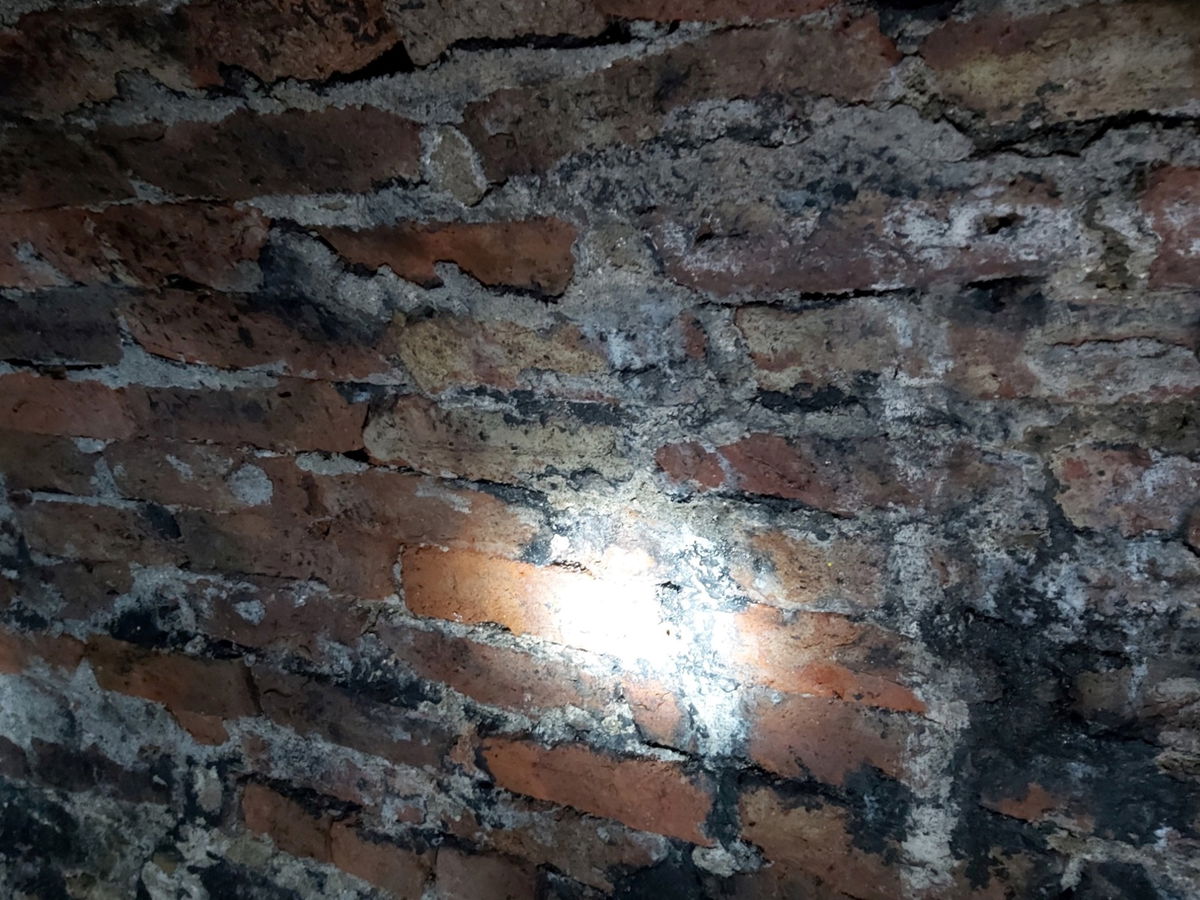
But all the clay didn't go to waste. It was fired into bricks and passed back down into the tunnel to line the walls and ceilings. Sandstone offcuts from the newly built Grainger Town were also recycled to help with the structure.
Tracks were then laid down and a Tyneside chaldron truck was modified to perfectly fit the tunnel, only leaving 4 inches to spare. The tunnel was 2.4 miles (3.9 km) in length with a maximum depth of 26m and dropped 68m.
The tunnel was finally complete and opened by the Lord Mayor with a grand party on the 7th April 1842 and was known as the Spital Tongues Tunnel. Dignitaries were invited for a tootle down the tunnel and they all turned up in their fancy clothes only to be loaded into a coal wagon and sent down into complete darkness for half an hour.
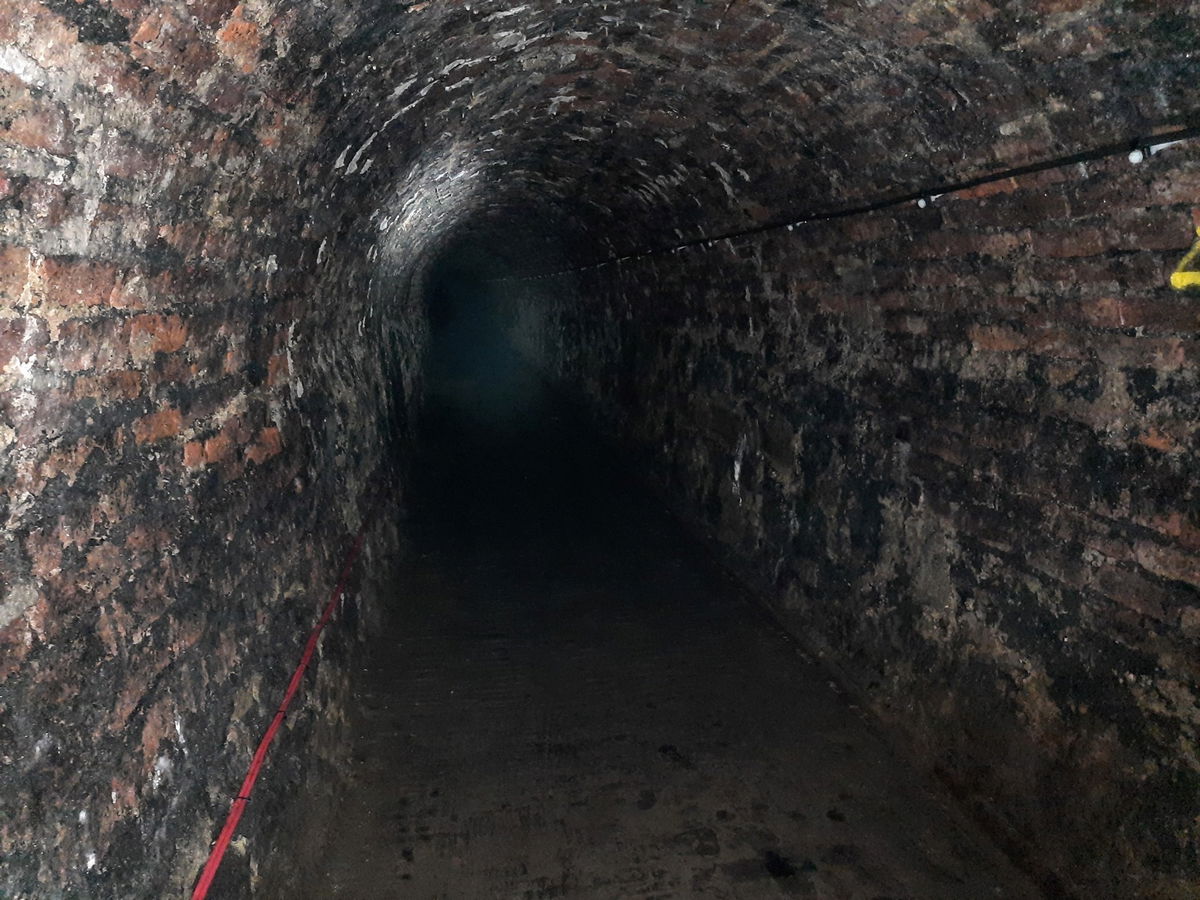
During the party, it was made clear that the current name of the tunnel wasn't too favourable and a proposed new name of the Victoria Tunnel, in homage to the queen, was preferred and accepted. But it wasn't just the bigwigs who had a party. The workers also had a party at the Unicorn Inn (doon the Bigg Market) which lasted for 3 days until the food and drink eventually ran out!
The tunnel is on a gradient of 90:1 so eight trucks would trundle down to the Tyne by gravity. A fixed steam engine at the top would then pull them back up via a very long hemp rope.
The tunnel resulted in an 88% cost saving, so well worth the investment. Then after 18 years the coal finally ran out, Porter and Latimer went bankrupt, resulting in the Northumberland Bank taking over, however they also went bankrupt!
The pit and tunnel were both put up for sale in 1860, but alas no buyers and they were both left abandoned.


Sheltering During The War
While preparing for the war in 1939, air raid shelters were being sought for the major cities and the Victoria Tunnel was a perfect choice. Initially 16 entrances were planned with 7 of them actually being created at Claremont Road, Hancock Museum, St Thomas' Churchyard, Ridley Place, Shieldfield Green, Crawhall Road and Ouse Street. Most of these would look like small subway entrances with only the Ouse Street allowing you to walk directly into the tunnel (and is where the tours start from).
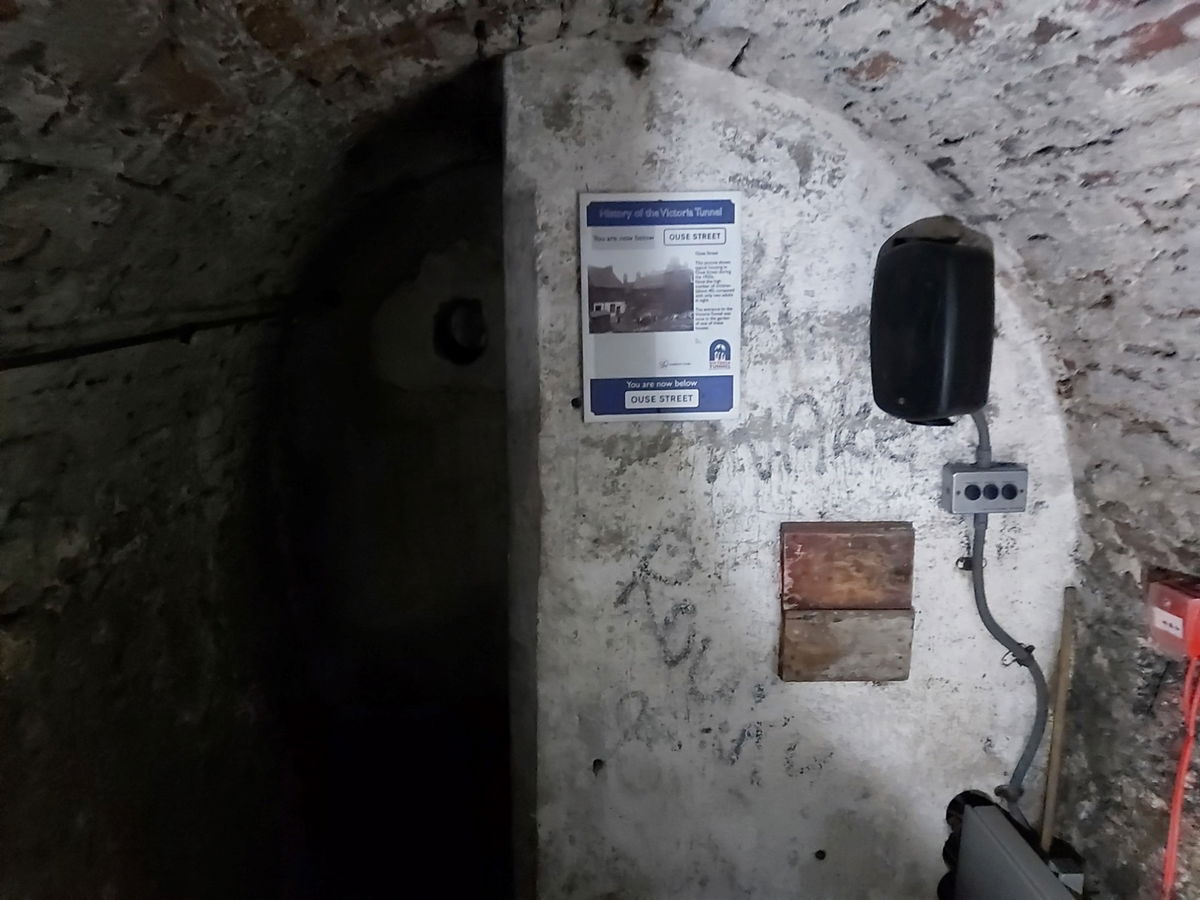
A grand sum of £37,000 was spent in cleaning and whitewashing (in parts) and also installing concrete blast walls. Electric lighting, flooring, bunk beds and wooden benches were also added and could house up to 9,000 people sheltering during the air raids.


Special paint was painted onto the walls that would change colour in the presence of poisonous gas.


And if you needed a tinkle or worse when sheltering in the tunnel, then a chemical toilet was also available, with an optional privacy curtain. And say a prayer for the warden who would have to lug this to be emptied every day!
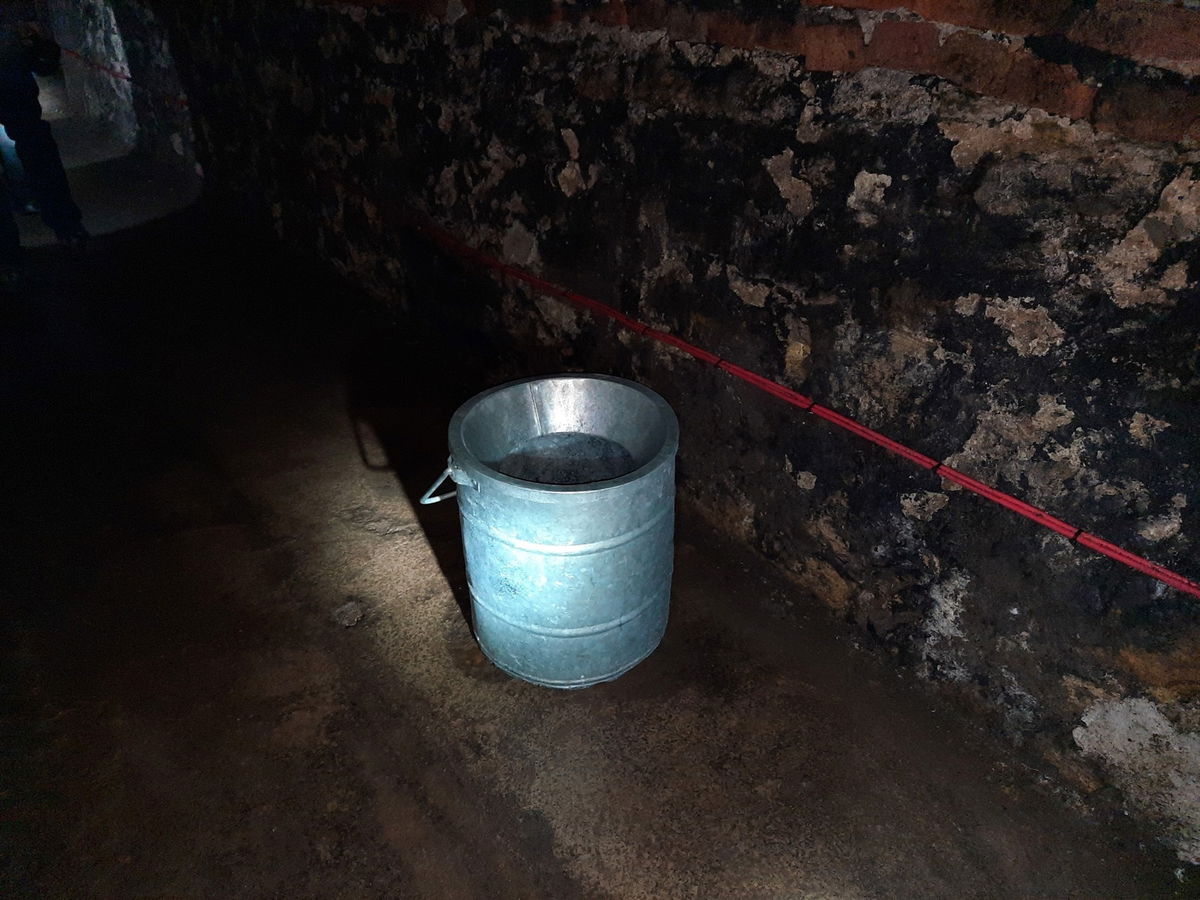
Taking The Tour
If you fancy heading underground in Newcastle for an adventure into the Victoria Tunnel, then there are regular tours ran by the Ouseburn Trust. Head over to www.ouseburntrust.org.uk for more information.
You can't walk the full 4km of the tunnel though as the construction of the central motorway permanently blocked the tunnel part way along. In addition there are no escape hatches at the northern end of the tunnel, so this is currently closed off too.
However in 2006 Newcastle City Council secured funding and 700m of the southern part of the tunnel is now open to explore.
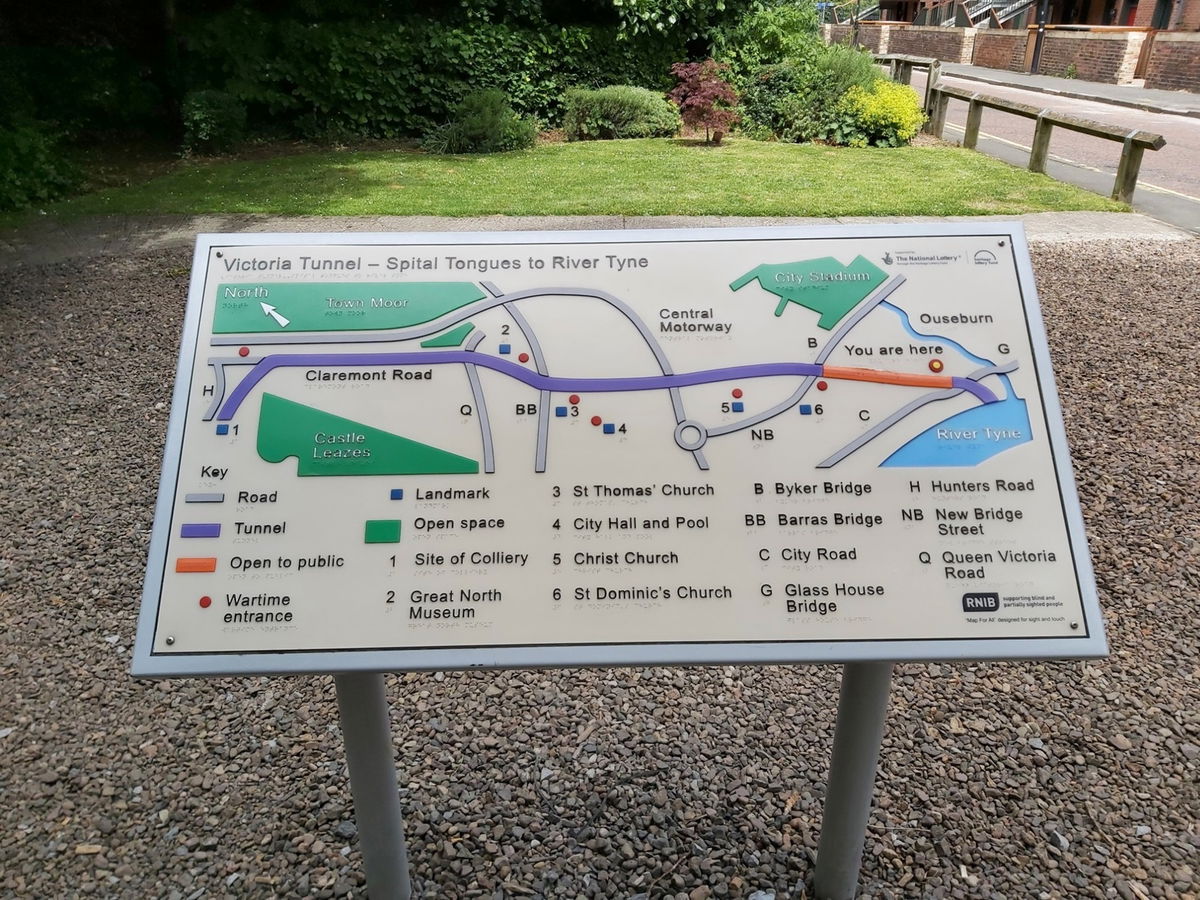
Thanks to Mal and Trish who were our guides during our visit and were a fountain of knowledge!
Get 4 points if you have visited this place. Already visited by 127 VIPs.
Login to the VIP area to add places to your bucket list, mark them as visited and more importantly see where you rank on the league table.
How To Find Victoria Tunnel
Where Is Victoria Tunnel?
Lat / Long
54.972388, -1.590403
What three words
Where To Park For Victoria Tunnel?
Lat / Long
54.970475, -1.58688
What three words
There is parking in the Ouseburn area, but easy to park in the Cycle Hub car park.
Contributed by Simon Hawkins
Thanks for checking out this place on the Fabulous North! I do enjoy a wander out in to the countryside trying to find hidden gems that not many people know about. You can't beat a rogue pele tower up a remote hill, a mysterious stone circle or a stunning waterfall secluded in a forest.
More Places from Simon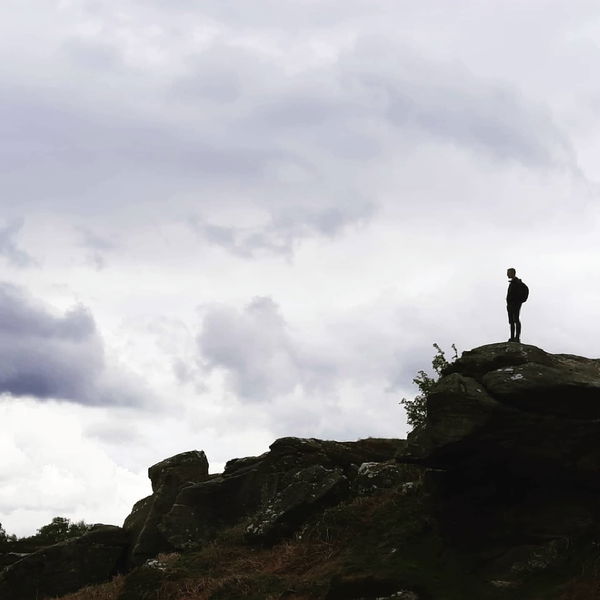
More Places In Newcastle City Centre
Find more fabulous places in Newcastle City Centre, Tyne And Wear and if you know of a place we haven't listed, then let us know.
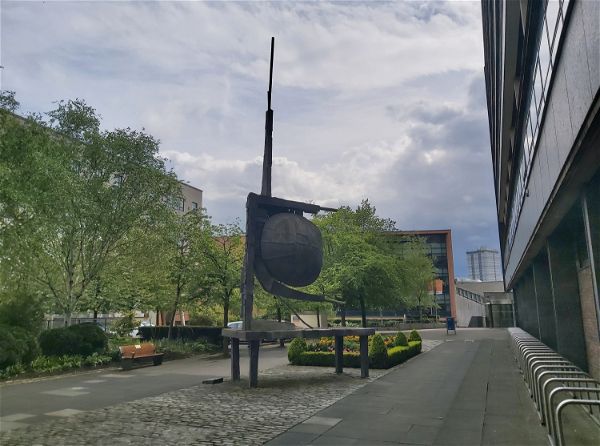
Spiral Nebula
Art Newcastle City Centre Tyne And WearA striking piece of post-war public art by renowned sculptor Geoffrey Clarke.
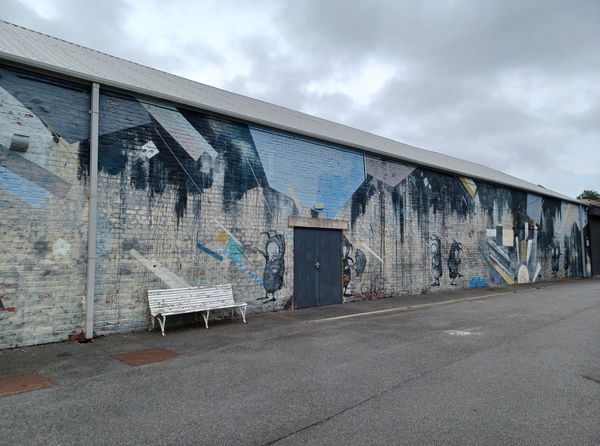
White Walls Project
Art Newcastle City Centre Tyne And WearA series of art installations created to celebrate the regeneration of the Hoults Yard estate between 2011 and 2020.
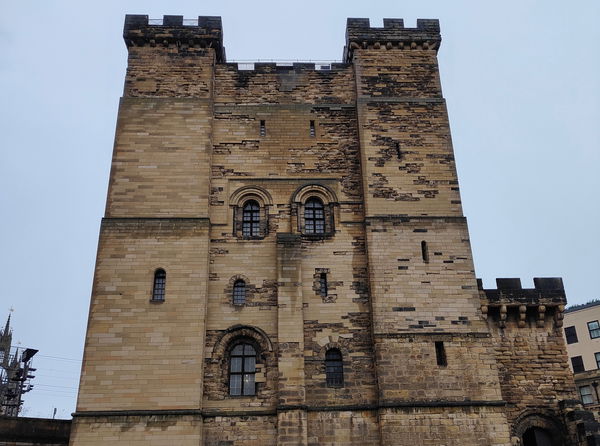
Newcastle Keep
Castle Newcastle City Centre Tyne And WearA 12th century keep in the heart of Newcastle upon Tyne.
More Tunnels
So this tunnel wasn't enough and you want more? Don't worry we have you covered.
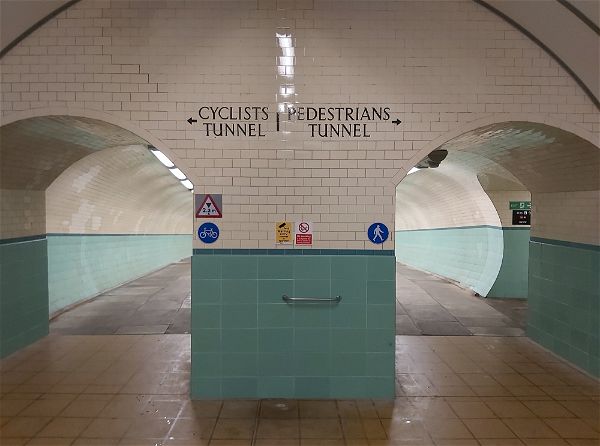
Tyne Cyclist and Pedestrian Tunnels
Tunnel Howdon Tyne And WearA pair of tunnels under the River Tyne for use by pedestrians and cyclists.
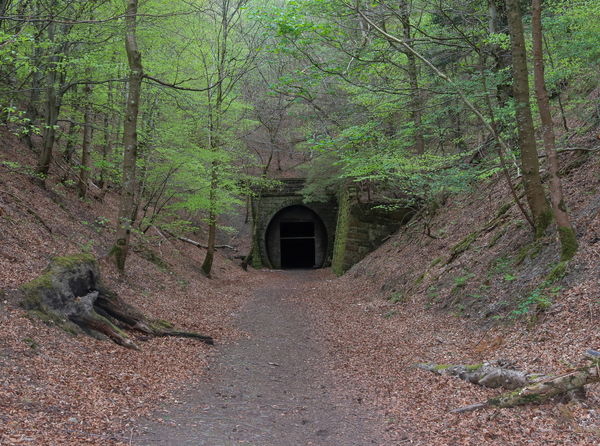
Neidpath Tunnel
Tunnel Peebles ScotlandNeidpath Tunnel is a disused 550-metre railway tunnel near Peebles, built in 1864 on the Caledonian Railway’s Symington to Peebles branch line.
Never Miss A Fabulous Place
If you are afraid of missing out on all the fabulous places we post, or just want to be the first to know, then sign up to the Fabulous North.
Each week we will email you all the brand new places that we visit.
Sign Up To AlertsFind Us On Facebook
We post all our new places daily on our Facebook Groups page, so join the group today and be notified when we add a new place.
Join Our Facebook GroupVictoria Tunnel was listed in Tunnel // Tyne And Wear // Newcastle City Centre

